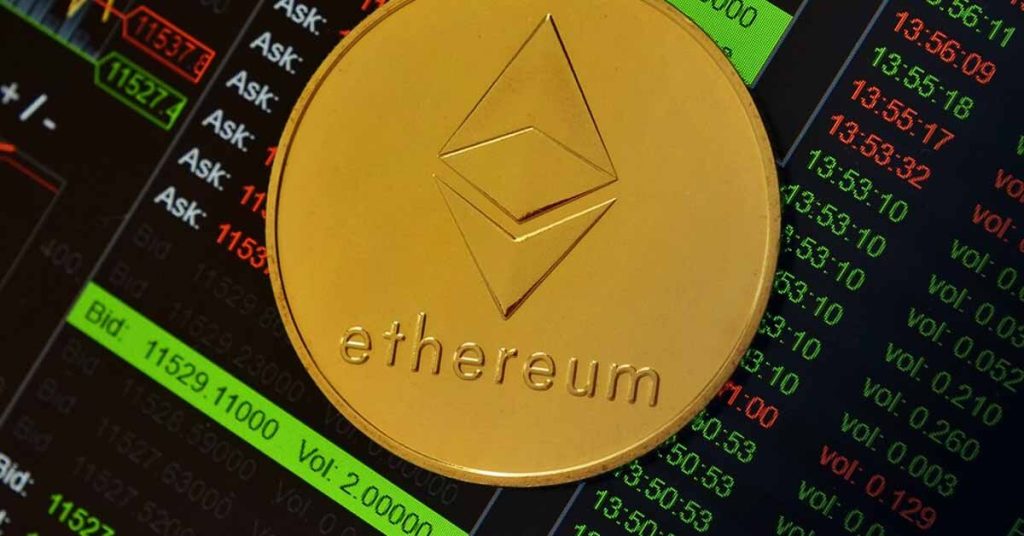Overview
HyperEVM is an Ethereum-compatible smart contract environment embedded within the Hyperliquid ecosystem.
It is designed to combine DeFi functionality with high-performance trading infrastructure, enabling developers to deploy and run Solidity contracts while leveraging Hyperliquid’s L1 security and speed.
This layered approach aims to deliver DeFi applications with CEX-like speed and liquidity access, all within a single integrated platform.
What is HyperEVM and How it works
-
Core concept: HyperEVM is not a separate blockchain; it’s the EVM runtime layer that sits atop Hyperliquid’s Layer 1, sharing the same consensus and state updates as HyperCore. This enables seamless interaction between on-chain trading, staking, and smart contracts.
-
Dual-block architecture: HyperEVM employs a dual-block system to balance speed and throughput. Small blocks handle frequent, low-gas transactions, while larger blocks accommodate complex operations, allowing near-instant executions for simple actions and efficient processing for heavy contract calls. This design aims to minimize congestion and optimize finality across diverse workloads.
-
Gas and finality: The native gas token for HyperEVM is used to pay for contract execution, with sub-second finality characteristics supported by HyperBFT consensus. This setup tries to combine fast confirmation times with robust security.
-
Developer experience: HyperEVM maintains Ethereum compatibility, enabling developers to port existing Solidity contracts with minimal changes, while taking advantage of Hyperliquid’s liquidity pools and trading primitives.
-
Interoperability: Applications built on HyperEVM can interact with HyperCore state (prices, balances, positions) and with Hyperliquid’s on-chain liquidity, aiming to provide a cohesive DeFi and trading experience.
Core architecture and performance implications
-
Shared consensus foundation: HyperEVM operates under the same consensus mechanism as HyperCore, which reduces cross-environment bridging risk and latency. This alignment minimizes finality gaps and enables near-instant state visibility between execution and core components, boosting responsiveness for DeFi applications and contract-driven strategies. (Impact: improved throughput and lower cross-environment latency)
-
Precompile-based state access: HyperEVM reads HyperCore state via specialized precompiles, enabling gas-efficient, on-demand access to critical core data such as order books, positions, and balances. This design avoids costly cross-chain messaging and ensures contracts can react to live core data with deterministic gas usage. (Impact: predictable gas, faster contract logic that depends on core state)
-
Direct transfers and asset linkage: Assets move between HyperCore and HyperEVM through a unified asset layer, eliminating wrapped tokens and typical cross-chain complexity. Transfers can be processed in the same block or the next block depending on direction, reducing settlement latency and preserving asset identity. (Impact: smoother UX, lower risk of asset mismatches)
-
Dual block/processing flow: The architecture supports a fast-path for simple actions and a scalable path for heavy contract calls, helping maintain high TPS while managing complex operations. This helps prevent congestion during peak DeFi activity. (Impact: scalable performance under load)
Interaction mechanisms between HyperEVM and HyperCore
-
State reads via precompiles: HyperEVM contracts can query core state using dedicated precompile addresses; these reads are executed by the validator in real time, effectively bypassing generic EVM execution for specific, critical data. This ensures contracts have access to live core data with low latency. (Impact: low-latency data access for contract logic)
-
Writes through precompiles and events: State changes or actions that need to affect HyperCore are triggered via precompile calls and by emitting events that are processed by the core backend. This tight coupling enables coherent state transitions across environments without conventional bridging delays. (Impact: synchronized cross-environment state updates)
-
Asset bridging and transfers: Cross-environment transfers use a standardized addressing scheme and an integrated asset bridge mechanism. Tokens can flow from HyperCore to HyperEVM and back, with the system emitting transfer proofs that the back-end consumes to credit accounts in the destination environment. The Hyperliquid Composer automates these steps to minimize manual intervention. (Impact: seamless asset mobility with reduced bridge risk)
-
Processing order and finality: Transfers from HyperEVM to HyperCore and vice versa follow a defined block-processing order to preserve consistency; some transfers are processed in the same L1 block, others in the subsequent blocks, depending on the direction and system design. This design aims to keep state synchronized while maintaining fast finality. (Impact: predictable cross-environment finality)
Airdrop details (typical patterns for similar ecosystems)
-
Eligibility themes: Airdrops commonly reward users who interact with the ecosystem during a defined window, such as trading, staking, bridging, deploying contracts, or participating in liquidity provisioning.
-
Rewards and structure: Airdrops may offer native tokens, reflective airdrops, or bonus allocations based on on-chain activity, holding patterns, or early participation.
-
Verification: Eligibility is typically validated through on-chain signals (e.g., wallet activity, participation in testnets, or interactions with HyperEVM-enabled applications) and may require completing a few on-chain actions or forms.
Step-by-step to participate airdrop (typical flow)
-
Step 1: Create and secure a wallet compatible with HyperEVM (import a seed phrase or generate a new wallet as directed by the official docs).
-
Step 2: Acquire a baseline amount of the native gas token or ensure liquidity to cover gas costs on HyperEVM.
-
Step 3: Interact with HyperEVM-enabled dApps or smart contracts (e.g., deploy a simple contract, execute a token transfer, or participate in a testnet or demo application if available).
-
Step 4: Bridge or move assets to the Hyperliquid ecosystem if required, ensuring the actions are within the specified eligibility window.
-
Step 5: Monitor official announcements for airdrop updates, claim windows, and any post-event distribution instructions.
-
Step 6: If a claim is required, follow the official process exactly, preserving wallet addresses and using the correct network to claim rewards.
Tips for maximizing airdrop rewards
-
Early participation: Engage with HyperEVM early in the eligibility window to maximize signal strength for the airdrop.
-
Diverse activity: Use a mix of interactions (deploying contracts, providing liquidity, trading on HyperCore, and interacting with DeFi apps on HyperEVM) to demonstrate broad engagement.
-
Non-custodial best practices: Maintain control of private keys; avoid exposing seed phrases or private keys in any on-chain forms or third-party sites.
-
Security posture: Use hardware wallets when possible; enable multi-factor checks on related accounts; monitor for phishing attempts that imitate official HyperEVM channels.
-
Documentation and announcements: Regularly review official Hyperliquid channels, GitBook docs, and governance forums for updates on eligibility criteria and reward calculations.
FAQ (common questions)
-
Is HyperEVM a separate chain? No. It’s an EVM runtime integrated into Hyperliquid’s Layer 1, designed to deliver Ethereum-compatible smart contracts with Hyperliquid’s robust consensus.
-
What token is used for gas? The platform uses its native gas utility token to pay for contract execution, within the Hyperliquid economy.
-
Can I deploy any Solidity contract? In principle, yes, with compatibility constraints tied to the Cancun-like EVM and platform-specific extensions; check official docs for supported features and any restrictions.
-
When will airdrops occur? Airdrop schedules are announced by the project team and may include multiple phases; follow official channels for exact dates, eligibility windows, and claim periods.
-
How can I verify I’m eligible? Eligibility is typically determined by on-chain actions within the defined window; results are announced by the project and may be viewable in a dashboard or explorer.
Conclusion
HyperEVM represents an ambitious fusion of Ethereum-compatible smart contracts with a high-performance, liquidity-rich trading backbone.
Its dual-block architecture and seamless integration with Hyperliquid’s core services aim to deliver efficient DeFi experiences without sacrificing security or finality.
For participants, staying informed through official Hyperliquid channels, preparing a secure wallet setup, and engaging with the ecosystem across multiple use cases can maximize exposure to potential airdrops, while adhering to best practices in security and due diligence.
Note: If you want, I can tailor this into a polished article with sections, subheads, and a compact FAQ, or expand any section with deeper technical details and hypothetical examples illustrating how HyperEVM contracts could interact with HyperCore state.

